How Running Slower Will Make You Faster
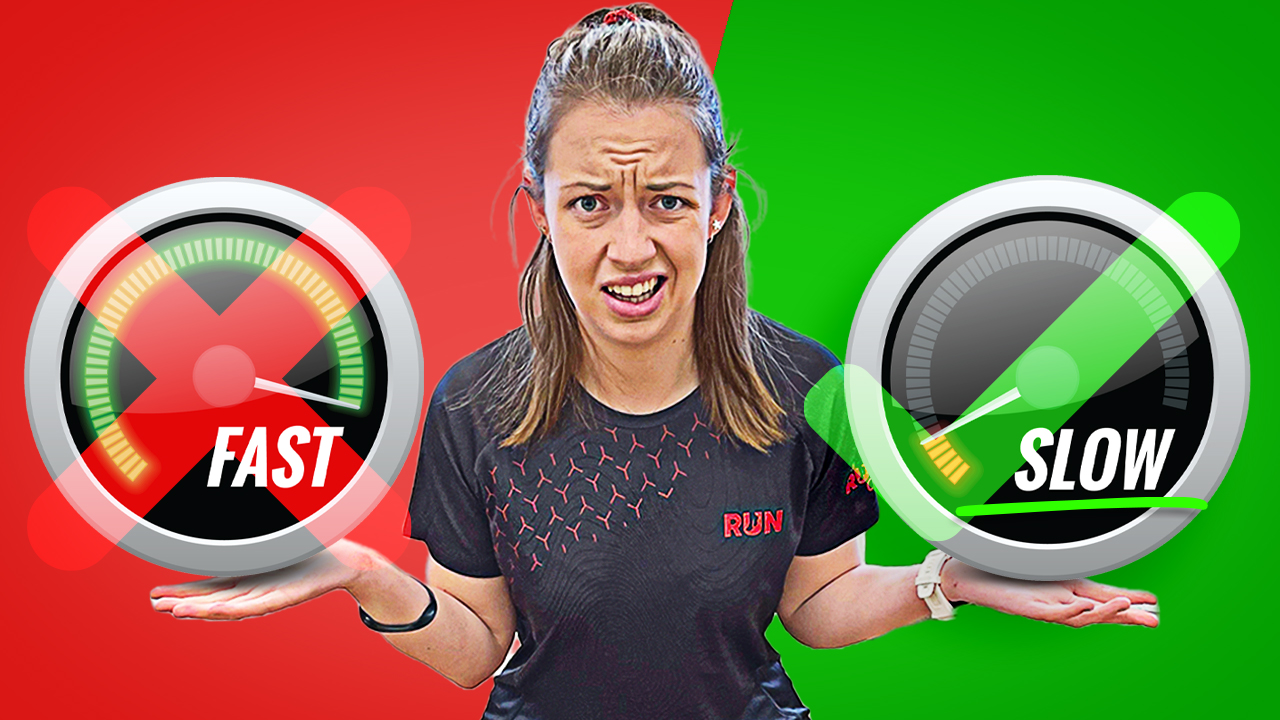
Would you like to run faster? Well, there’s a secret: you have to slow down!
Yes, it’s true, running slower can actually make you faster. Don’t click away just yet as we’ll tell you exactly why moving at a more leisurely pace can ultimately help you get speedier.
Reduce Your Risk Of Injury While Improving Your Recovery
Wait a minute, there’s something else you need to know: you CAN’T get faster by ONLY running slowly, and you have to practice running fast to get faster overall, and that’s why we do intervals, tempos and threshold runs.
BUT, compared to running slowly, running fast puts much more strain and stress on the body, and that increases our chances of injury, meaning we CAN’T run fast all of the time. Even professionals only run fast for a small percentage of their weekly mileage.
Instead, these slow runs, easy runs and recovery runs help to build up general fitness with less risk of injury. They also help our muscles and joints recover effectively and safely. And regular slower runs can actually reduce the impact and intensity of Delayed Onset Muscle Soreness (DOMS) by enhancing blood circulation and flushing out lactate from your system.
More Slow Miles Mean More Fast Miles
You often hear about the 80/20 rule for running. It means that 80% of your weekly running is at a slow and easy pace, and 20% is faster.
If you run around 20 miles (or 32km) per week then that means you wouldn’t want to run more than 4 miles (6.4km) at a fast pace. But if you build up your fitness and endurance to run more slow miles, and you get to 40 miles (64km), then you can likely handle around 8 miles (13km) of speed work.
This is really why running slow helps you get faster: because it means your body can handle more faster volume which sets you up better for personal bests.
Variety: The Spice of Running Life
A common issue among runners is that we’re routinely performing the same workouts and runs in a quest to shave a few seconds or minutes off our personal bests. Not only does this create a physical barrier to progress, but it can also be mentally demotivating and tedious.
Introducing variety into your running routine is essential because your body responds better and adapts more to changes in stimulus. Interval training, cross-training, and slower runs can be beneficial as they allow your body to adapt and react differently.
By changing the running stimulus from fast one day to slow the next day (or two days), our body is pushed to adapt and improve.
Aerobic Zone and Running Comfortably
One of the benefits of slower runs is that you are consistently working in your aerobic zone, meaning you’re able to breathe in all the oxygen you need for your run.
Over time, your body adapts to this and becomes more efficient at converting oxygen (which is essentially the body’s energy), leading to improved endurance and speed. You’ll start to feel more comfortable during prolonged runs and, as a bonus, you might even see an increase in your VO2 Max score, given that your slow runs are part of a varied training plan.
Mental and Physical Perseverance
As well as being physically demanding, running at faster paces can also be mentally challenging as we’re always concentrating on paces, splits and reps. Going for a nice slow run, where you don’t need to think about the specifics of your run, is a great way to give your brain a rest while letting your body move.
Slower runs also offer a safer way to push through fatigue, which is an important skill to develop for both mental and physical resilience. Running at a relaxed pace will likely keep your heart rate relatively low, reducing the potential injury risk associated with pushing through fatigue at higher speeds.
Dr Phil Maffetone developed a training philosophy known as the MAF method, which uses your maximum aerobic function (MAF) to dictate the pace of your runs. This method has been sworn by many as a practical approach to maintaining aerobic fitness.
Deload Weeks and Running Form
Deload weeks, or weeks with lower volume and intensity after prolonged blocks of intense training, allow adaptations at a cellular and muscular level, leading to significant leaps forward in progress. It’s all about reducing the physical and psychological stress on the body, while still getting all the benefits of going for a run.
Slower runs during these weeks also provide an excellent opportunity to focus on your running form. Paying attention to your cadence, how you carry your arms, your posture, foot strike, and stride length can create muscle memory that can be tapped into when you’re fatigued during faster runs or races. It’s not only beneficial performance-wise but also aids in reducing your risk of injury.
Running Slow: A Social Opportunity
When you’re not fixated on the pace of your runs, you can involve more people in your running routine. Running alongside someone allows for deep, meaningful conversations, significantly benefitting your mental health. A 2020 study from Edinburgh University found that runners participating in social running events were less likely to develop depression and had lower stress levels than those who ran alone.
Moreover, slower runs give you a chance to genuinely take in your surroundings which can add a new dimension to your run.
So How Much Slower Should I Run?
That all depends on how fast you run! But, honestly, it’s not necessarily about a specific pace or speed. Your easy run should be done on how it feels. It should be an easy effort where you’re able to breathe easily and talk comfortably to someone, while your heart rate remains relatively low.
Just make sure you aren’t running your easy runs too fast or you’ll negate the benefits. If a gentle walk is a 1/10 effort and an all-out sprint is 10/10, then your easy runs will be 3/10 or 4/10.
***
If you’re still unsure of how this works, then here’s Andy explaining how running slowly ultimately allowed him to compete at the Olympics!


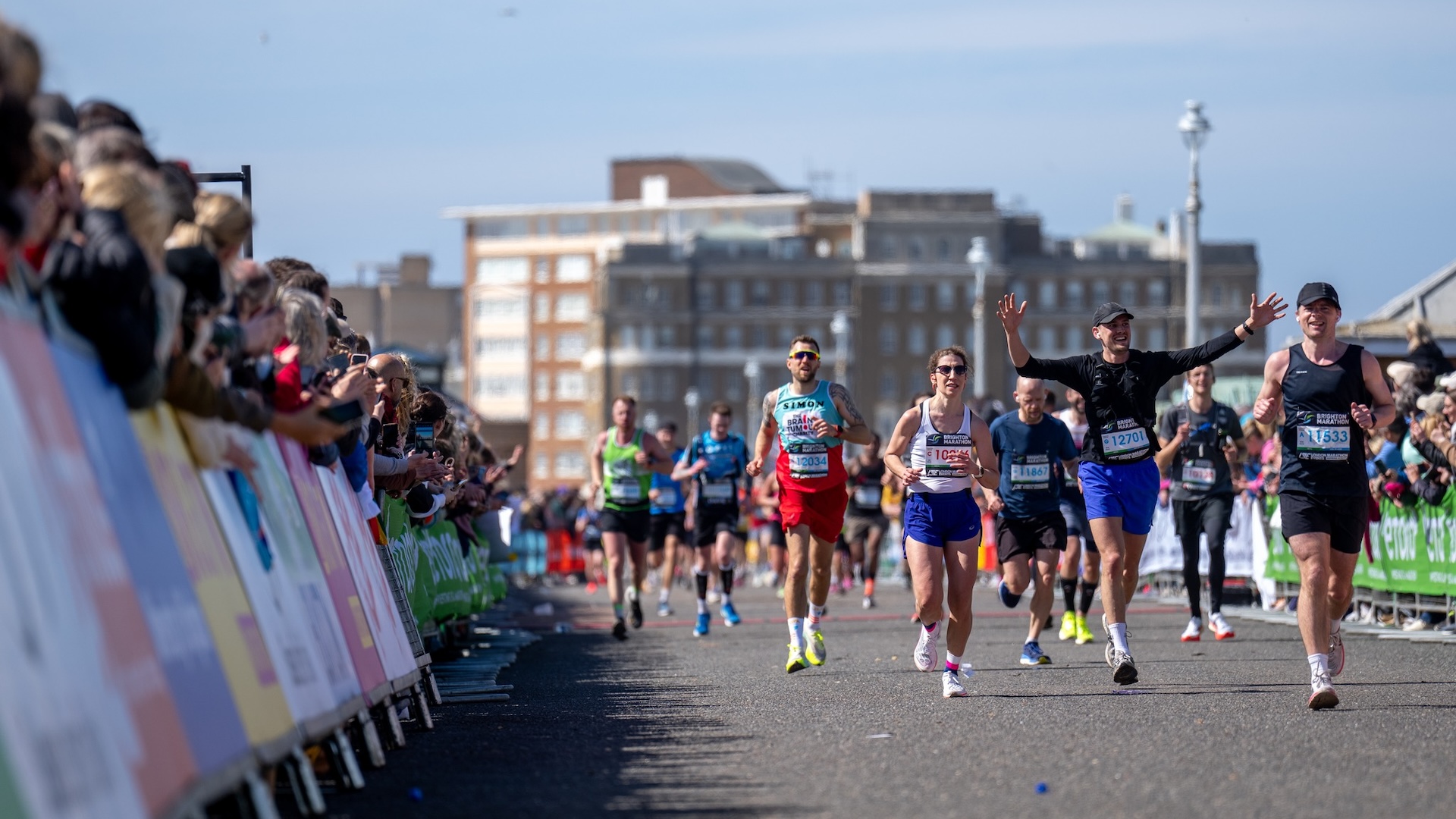

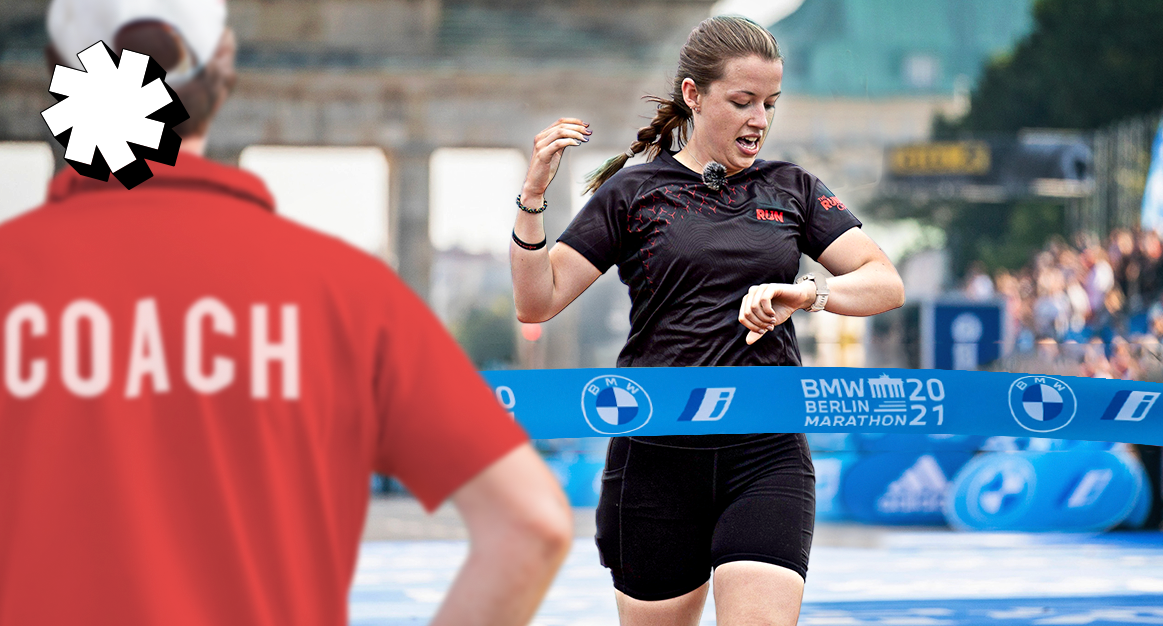


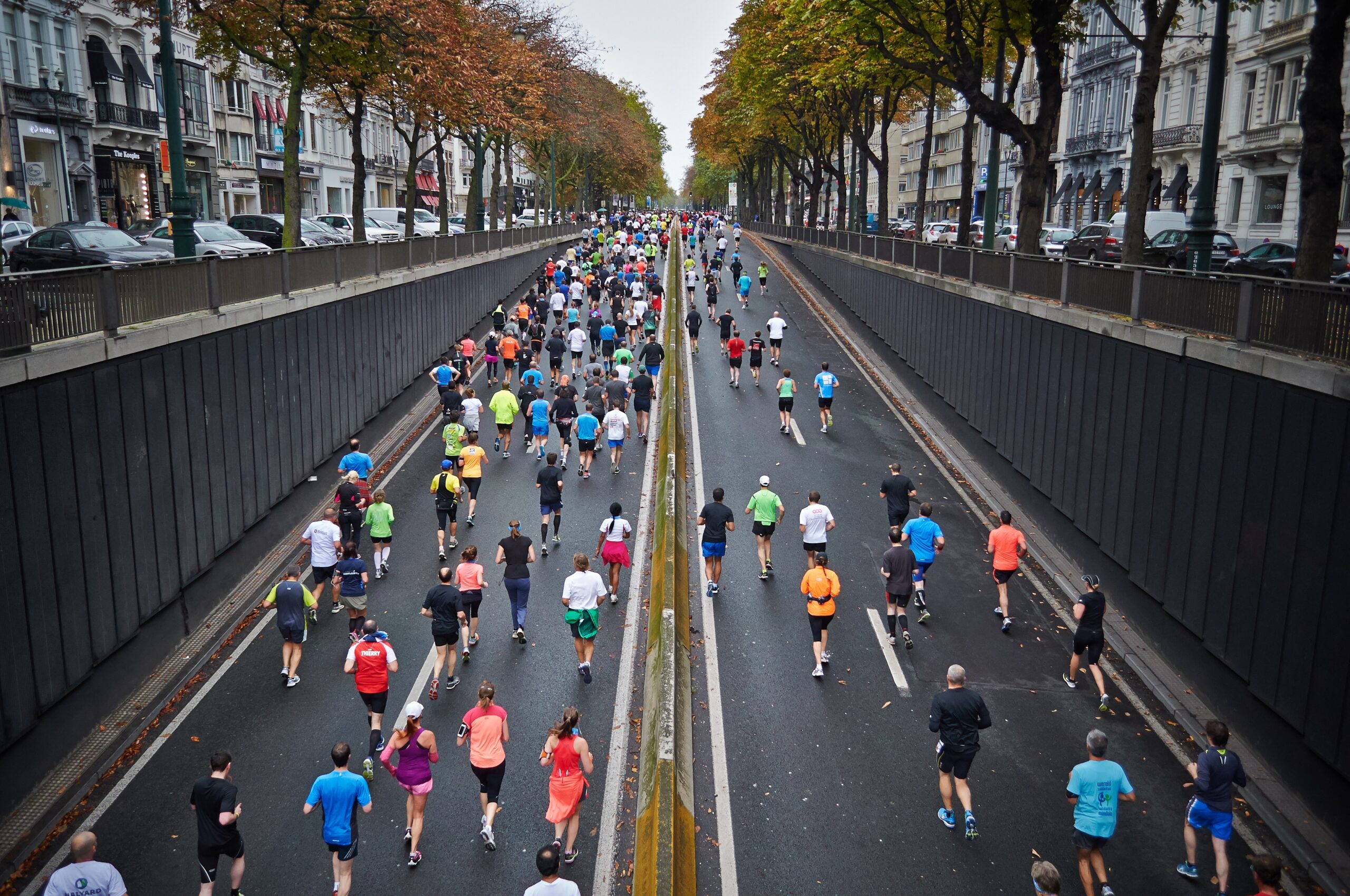

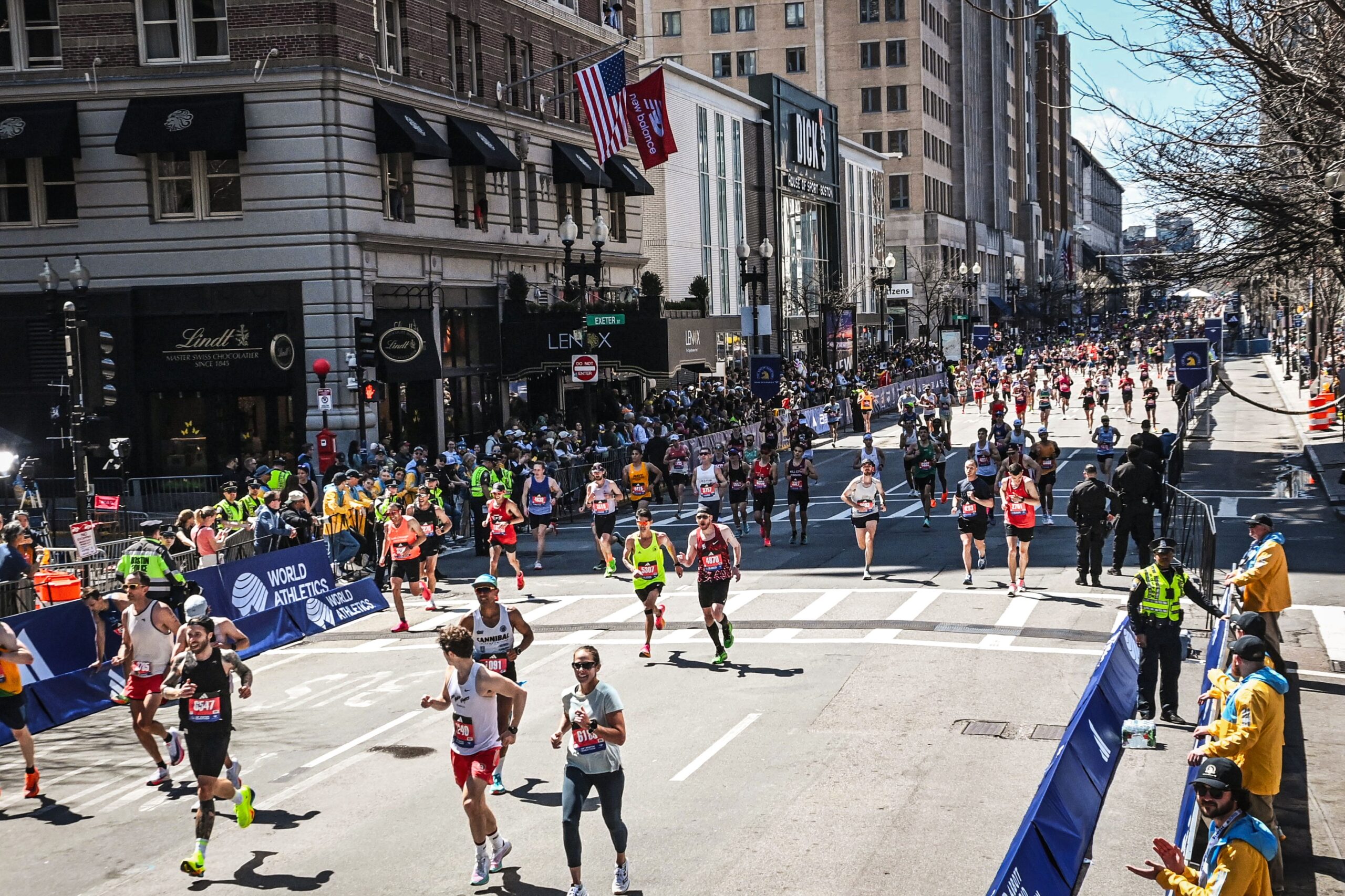
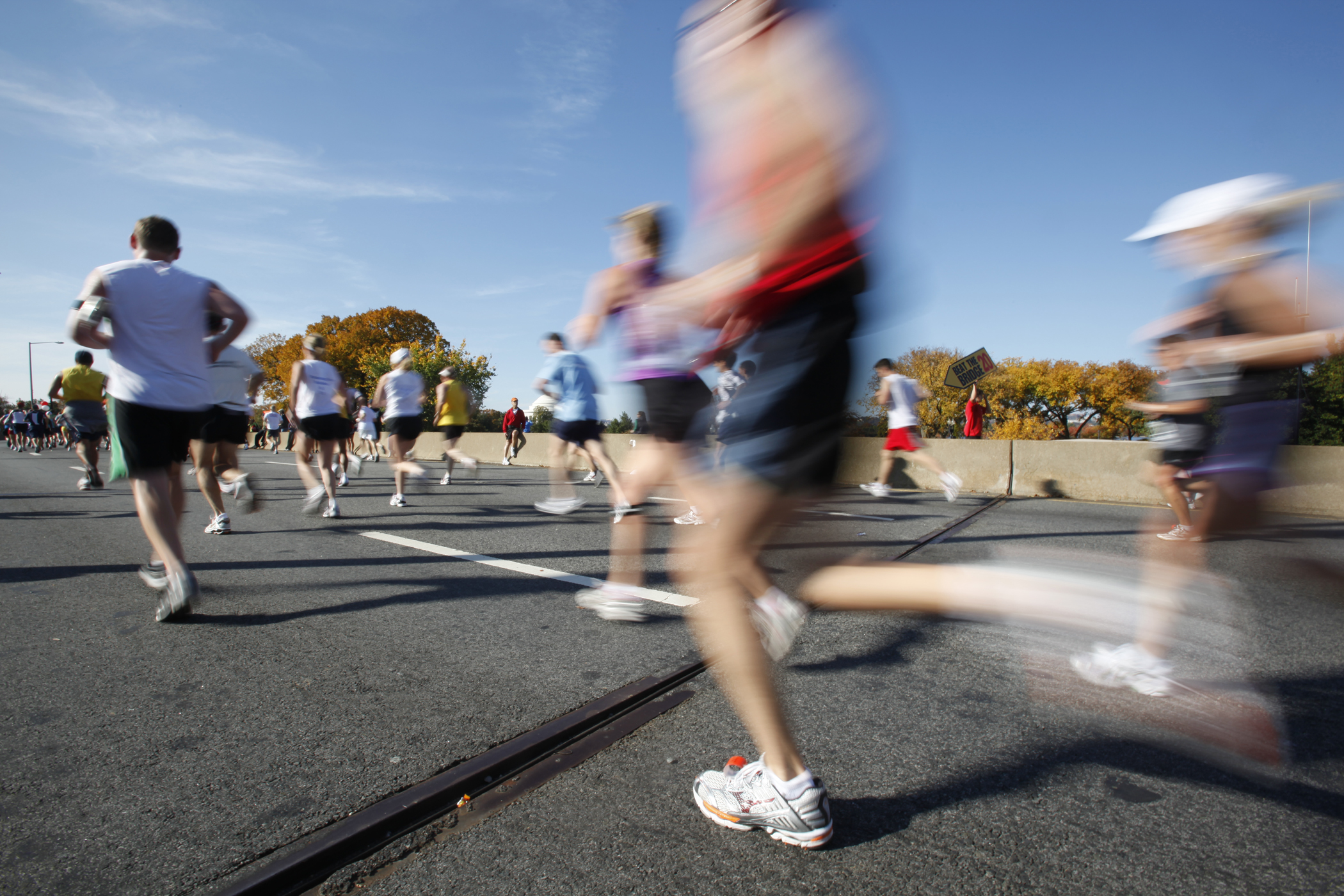
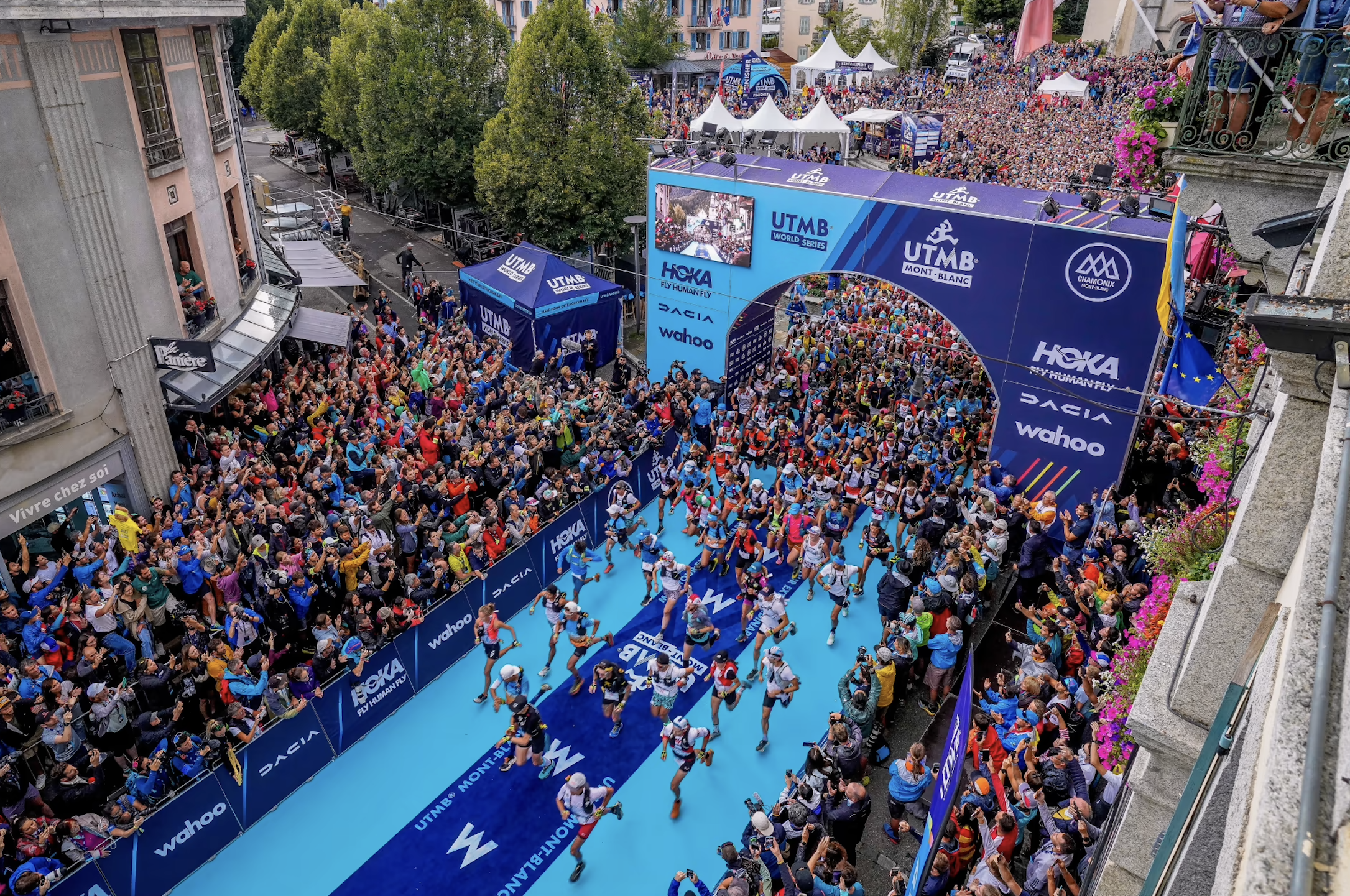

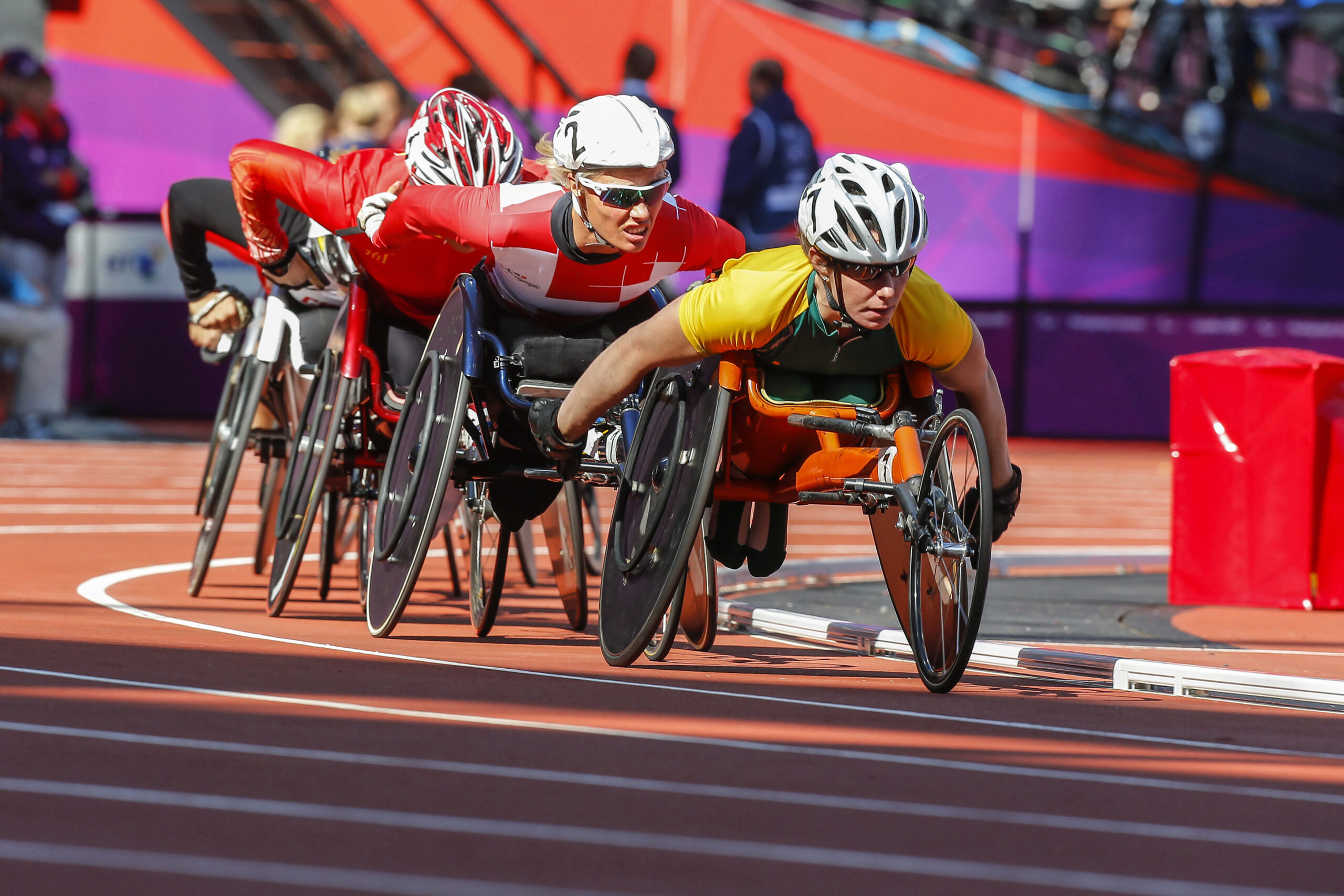



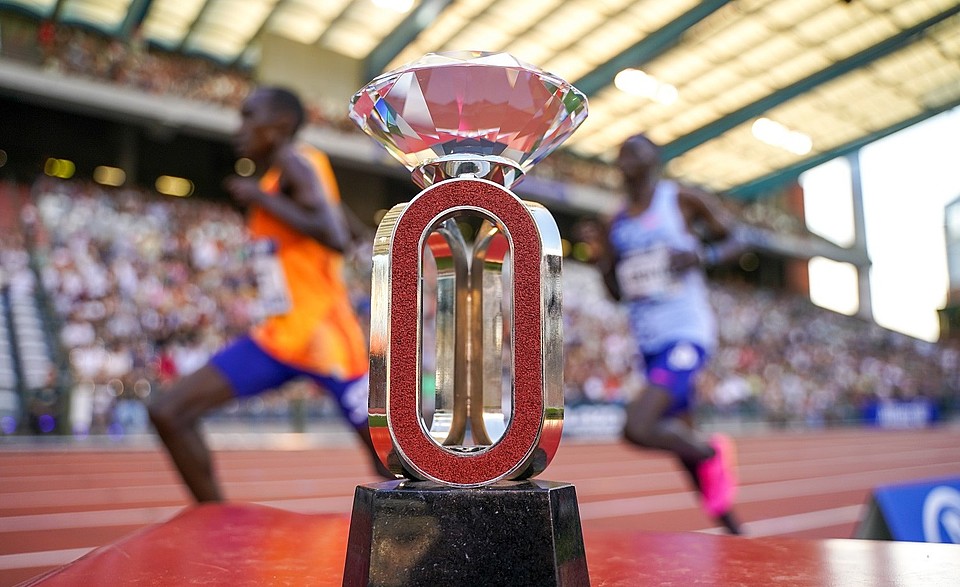

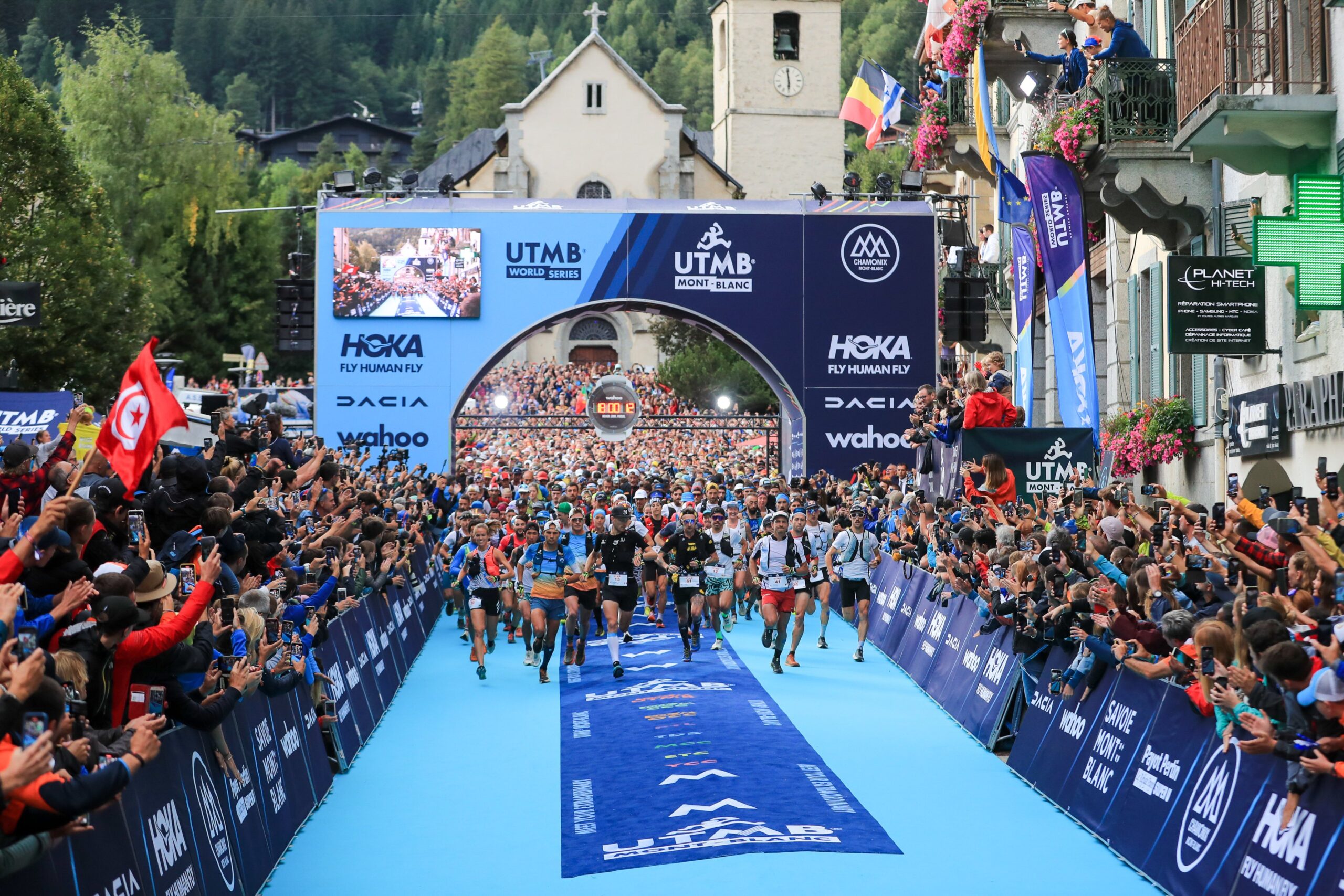

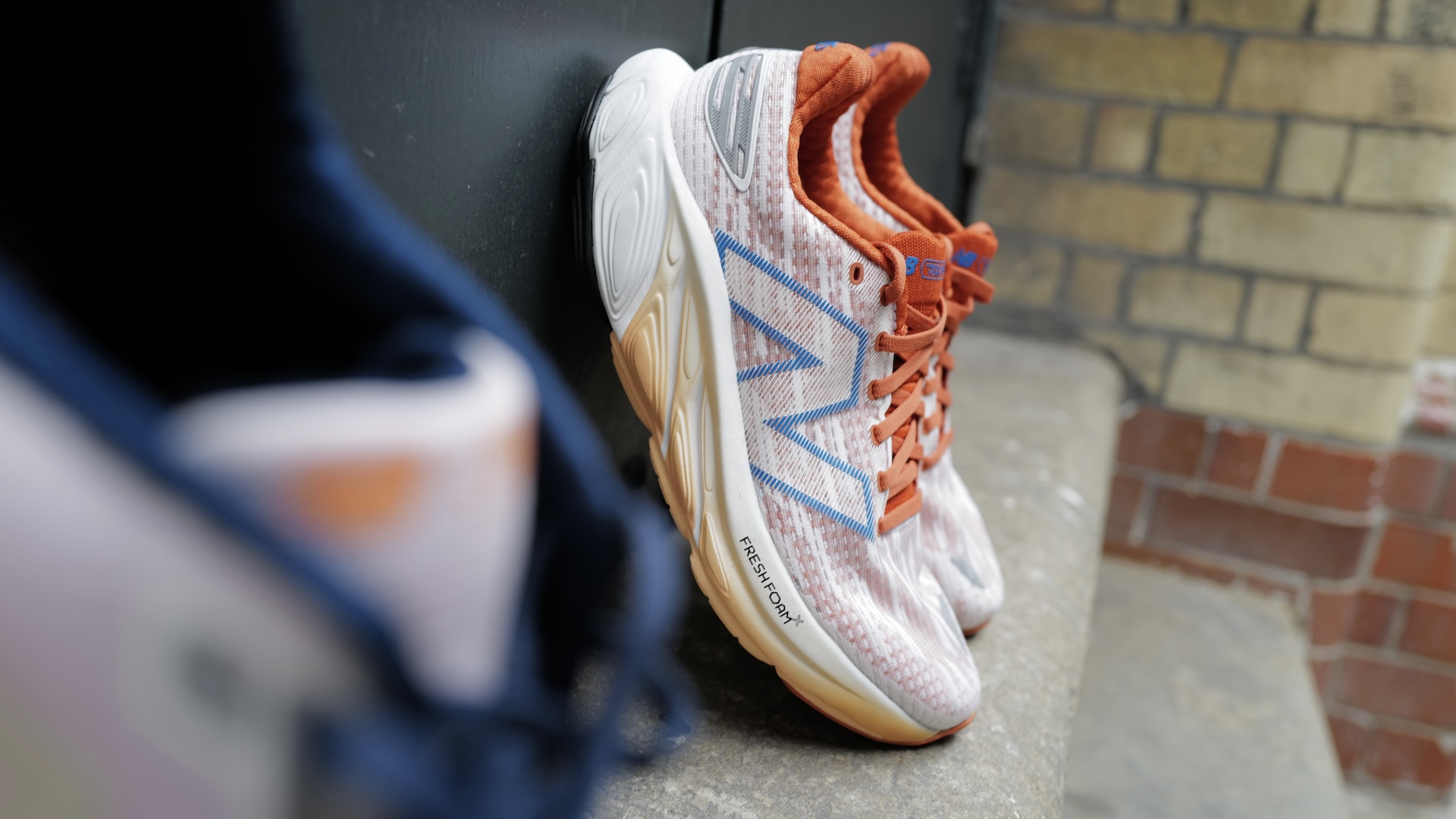
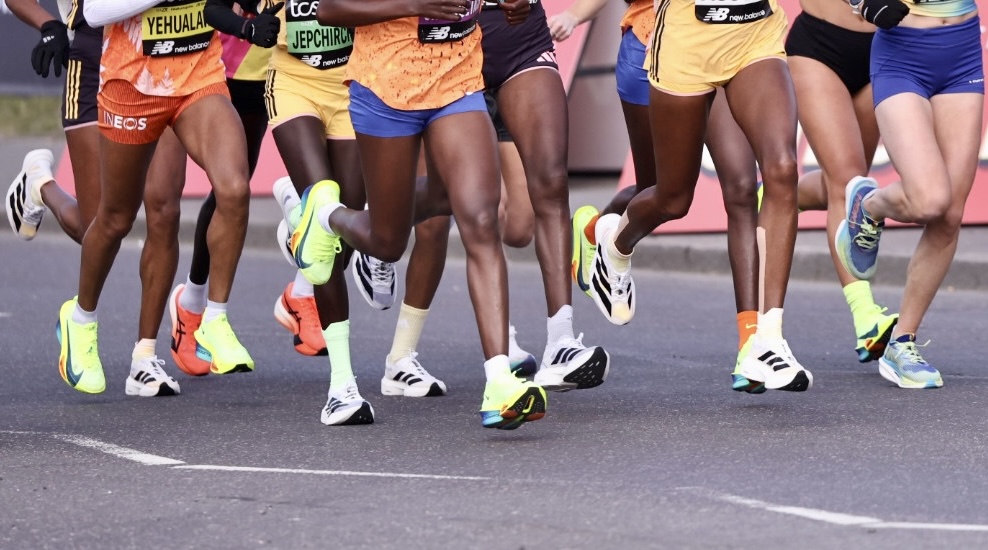
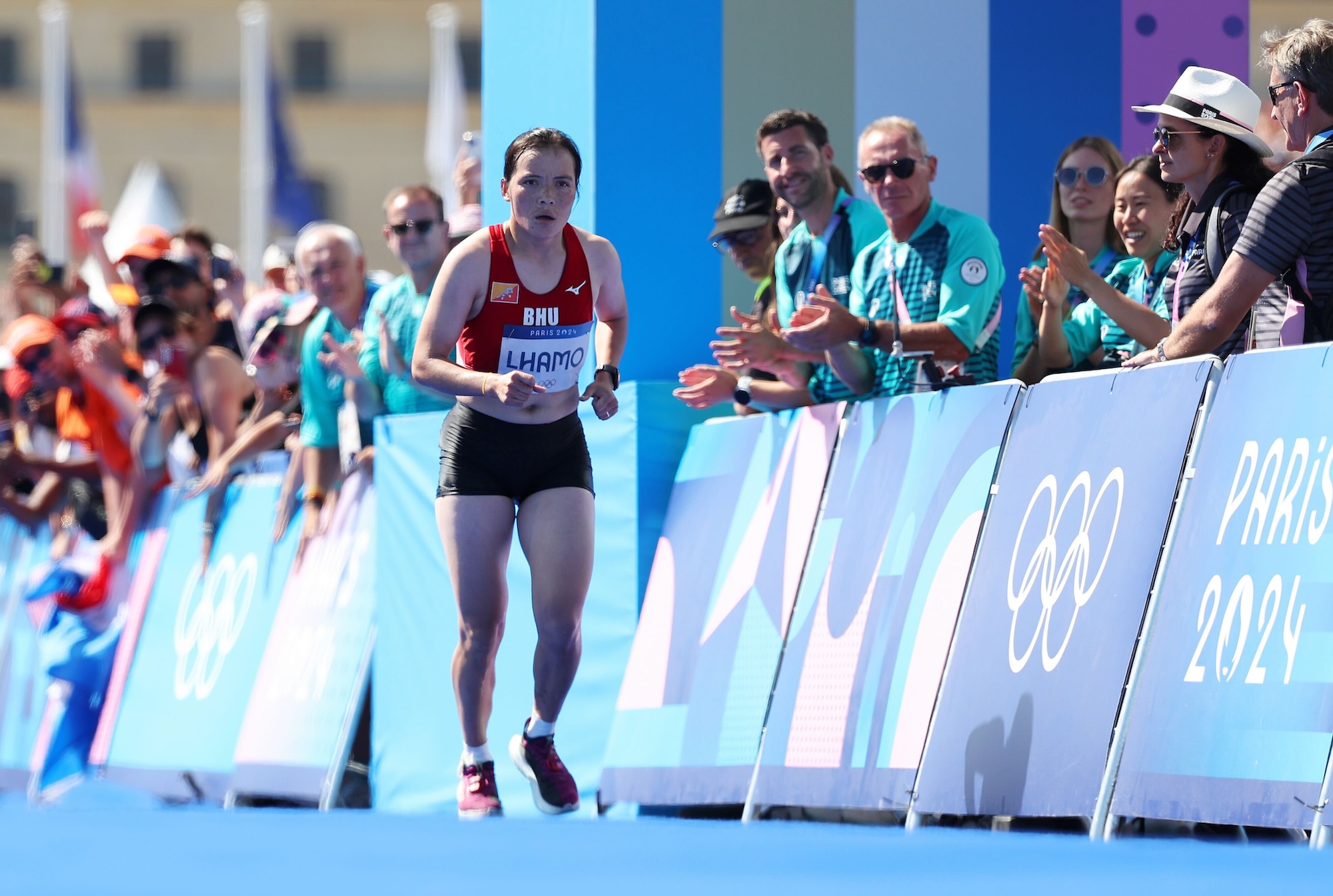
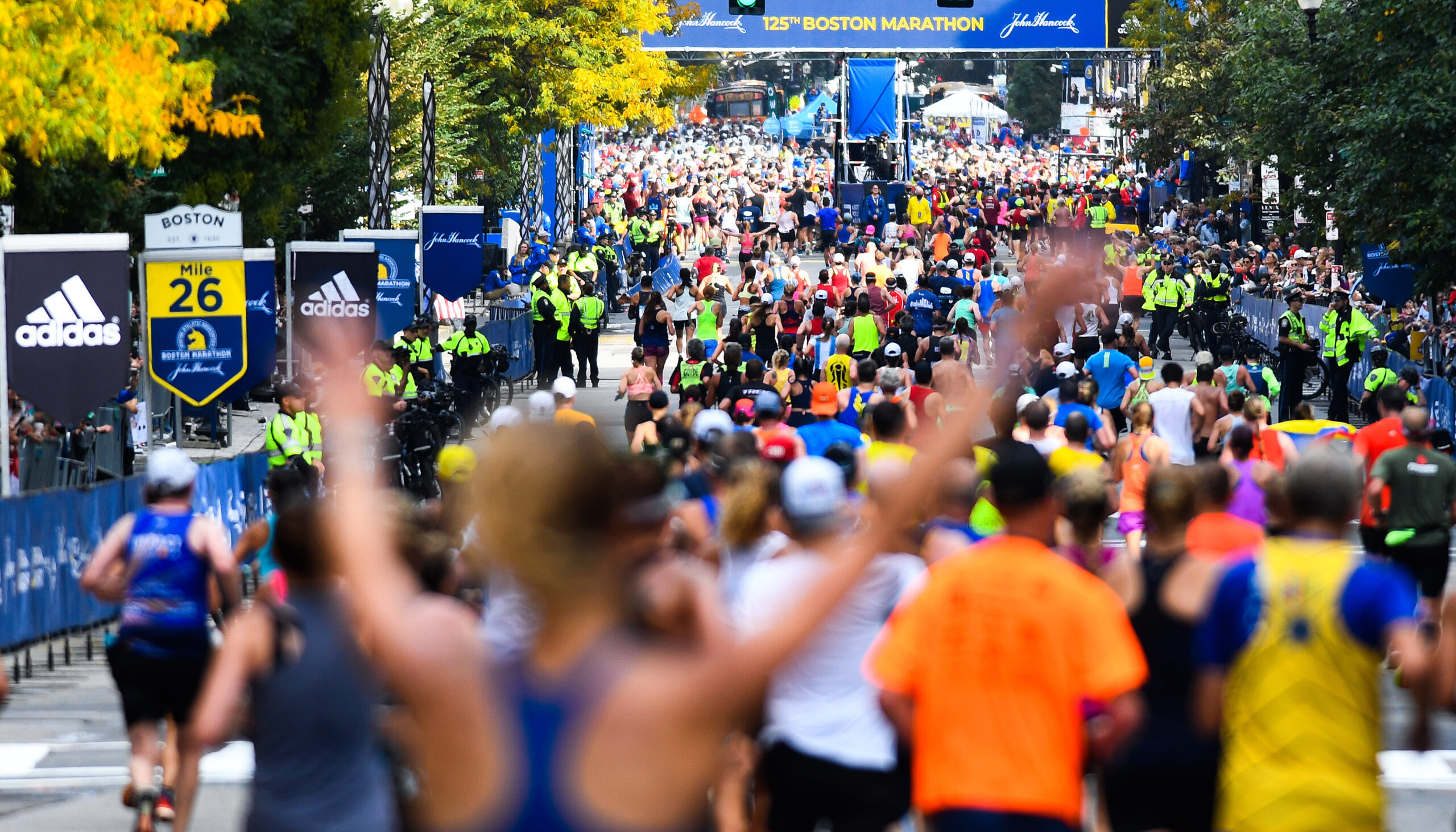



Running News
Could Shanghai Marathon Become A World Marathon Major?
Mengesha and Ketema Win The 2024 Berlin Marathon
ATHLOS 2024: An Incredible Night Of Women’s Track Racing in NYC